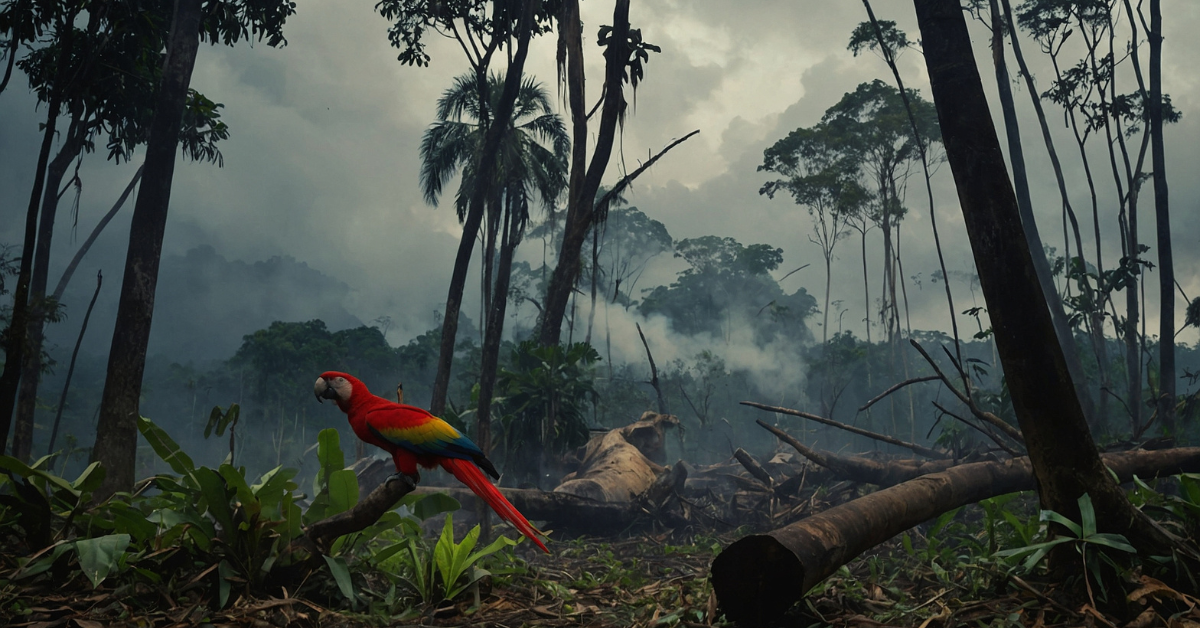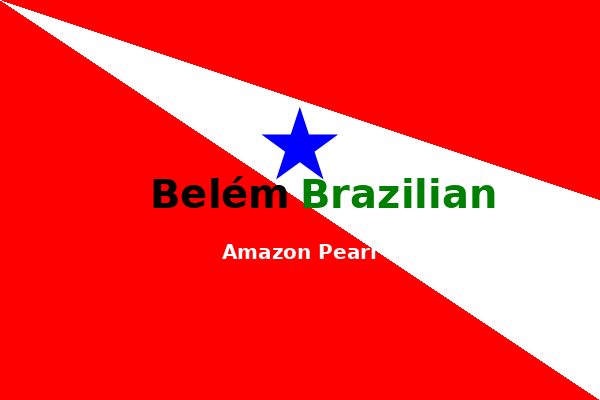COP30 in Belém: Real Climate Action or Political Spectacle?
In November 2025, Belém do Pará will host the 30th United Nations Climate Change Conference (COP30). Framed as the "COP of the Forest," the event has sparked enthusiasm among environmentalists, policymakers, and civil society. But beneath the surface of this high-profile gathering lies a deeper question: will COP30 deliver meaningful action for the Amazon, or will it serve as a stage for political marketing and greenwashing? Drawing from the investigative work of journalist Lúcio Flávio Pinto, this article explores the contradictions, risks, and hidden agendas behind Brazil’s hosting of COP30.

1. The Political Symbolism of Belém
Belém's selection was politically strategic. Lula, returning to power with an internationalist and environmental discourse, wanted to showcase Brazil as a climate leader. Governor Helder Barbalho, one of Lula's key regional allies, emerged as a protagonist in this narrative, positioning himself as a champion of sustainability. Yet Barbalho's political history and ongoing support for destructive infrastructure projects contradict his green rhetoric. As Lúcio Flávio Pinto notes, Barbalho's control over the state is nearly absolute, and many see his environmental turn as a calculated move to boost national ambitions.
2. A Green Event Built on a Grey Foundation
While promoting the COP30 as a milestone for Amazonian awareness, the state continues to approve activities that degrade the forest. From the expansion of charcoal production in Moju to the granting of licenses for massive deforestation, the environmental policies in practice remain aligned with industrial and agribusiness interests. Companies like Carvopar and New Coal continue operating with limited oversight, despite their involvement in activities long banned in developed nations.

3. Infrastructure for Show, Not for People
The logistical challenges of hosting 50,000 visitors in Belém are enormous. The state has proposed temporary villages, Airbnb partnerships, and luxury cruise ships as solutions to the lack of hotel rooms. With over R$ 4 billion allocated to infrastructure, including beautification projects and river dredging, questions arise about the long-term benefit for local populations. As Pinto highlights, these projects often serve as gateways to corruption and short-term political gain. Learn more about alternative lodging options in our article Camping near COP30 – Benevides Experience.
4. Who Really Wins?
In one of his most incisive articles, Pinto asks: "Who will benefit from COP30?" His answer is clear: not the Amazonian people, not the forest, but large corporations, foreign investors, and political elites. The conference is already dominated by institutions from São Paulo and abroad, while local organizations struggle for visibility. Meanwhile, indigenous communities, extractivists, and riverside dwellers continue to be sidelined.
5. The Mirage of Carbon Markets
The climate solutions touted by COP30—carbon markets, green finance, net zero pledges—reflect a neoliberal approach to environmentalism. Lúcio Flávio Pinto and other critics argue that these mechanisms perpetuate inequality by turning the forest into a commodity. Terms like "REDD+" and "Nature-Based Solutions" may sound promising, but they often serve to delay real changes while enabling business as usual for major polluters. Learn more in our overview: COP30 in Belém – What to Expect.
6. The Exclusion of Real Amazonian Voices
Despite claims of inclusivity, the initial organizing committee of COP30 included no representatives from universities, research institutions, or indigenous organizations. Activists like Auricelia Arapiuns have accused the Barbalho government of hypocrisy, noting that the same administration that claims to protect the forest also issues deforestation permits near isolated indigenous territories.
7. A Stage for Political Projection
COP30 also serves as a platform for political projection. Helder Barbalho, with ties across the political spectrum and media ownership in the state, is already being tested as a potential presidential candidate. His visibility during the event could be used to bolster national ambitions, while diverting attention from the environmental contradictions of his administration.
8. The Deeper Critique: A Systemic Trap
The sharpest critique, however, lies in the structural limits of COP itself. As Guilherme Carvalho points out in his essay "A COP30 em Belém: uma armadilha?", the conference is part of a broader capitalist system that commodifies nature and sidelines grassroots alternatives. It is a space of negotiation, yes—but also of co-optation, where market logic often overrides environmental justice. For broader context, visit the official UN COP30 page.
Conclusion: Yes, the Amazon Has Intelligence
As Lúcio Flávio Pinto once asked provocatively: "Does the Amazon have intelligence?" His answer was not rhetorical. Through decades of journalism, he showed that the region is not a passive resource reserve, but a living, thinking, and resisting entity. The people who inhabit the forest, and those who dedicate their lives to defending it, carry knowledge deeper than any metric or summit declaration.
If COP30 is to mean anything beyond photo ops and green branding, it must amplify these Amazonian voices, prioritize their rights, and challenge the extractive logic that has governed the region for centuries. Otherwise, it risks becoming just another performance—lavish, global, and ultimately empty.
Explore more Amazonian perspectives at https://belembrazilian.com
